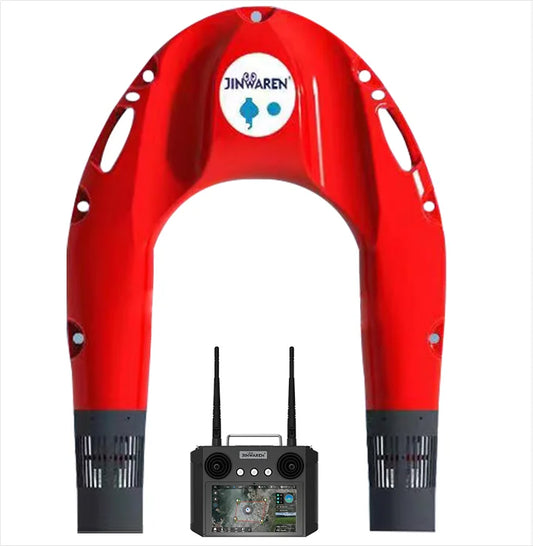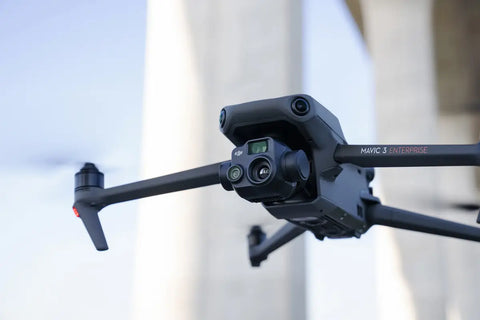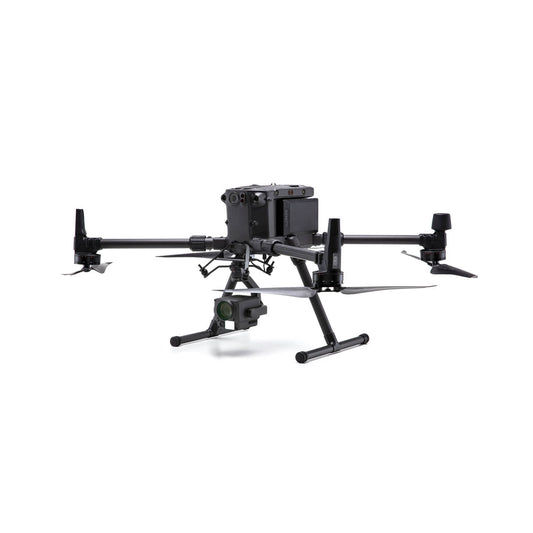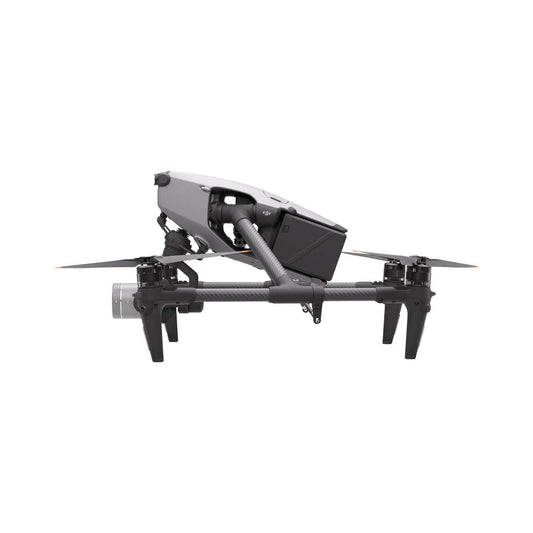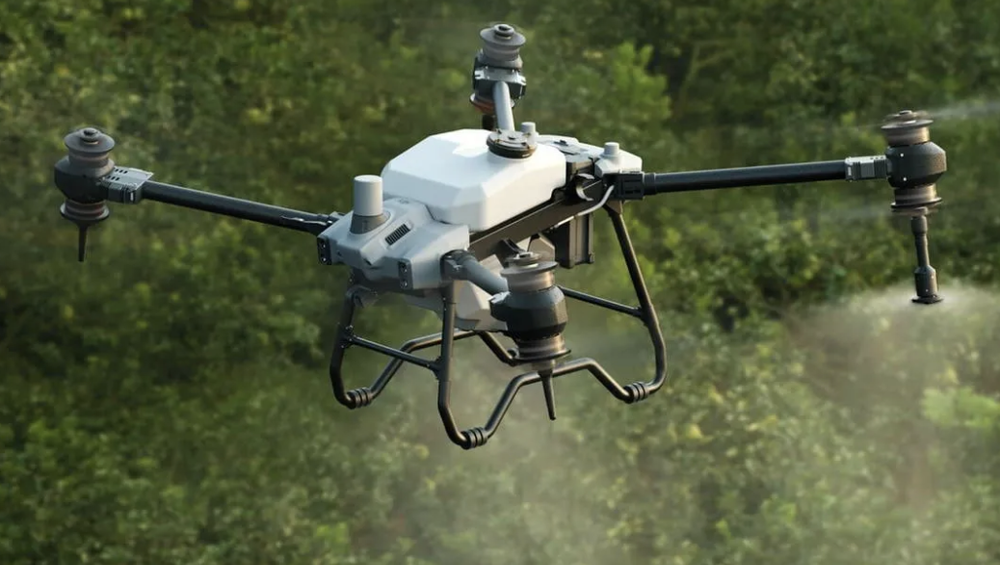
Agriculture Drones
Meet branding cutting-edge lineup of agricultural and spraying drones, including the powerful Dji Agras T50 and the best-selling Mavic M3M multispectral drone. Need guidance? Our unbiased drone experts are here to help you find the perfect drone for your needs—get in touch today!
All Drones
-
Good lifebuoy with light price two-handed remote control return function electric remote control lifebuoy gps life bouy ring
Regular price $2,300.00 USDRegular priceUnit price / per -
FOR DJI AGRAS T50 AGRICULTURAL DRONE | READY TO FLY KIT
4.62 / 5.0
(8) 8 total reviews
Regular price $35,000.00 USDRegular priceUnit price / per -
DJI Mavic 3t Thermal: Advanced Aerial Imaging for Professionals
Regular price $7,698.00 USDRegular priceUnit price / per -
DJI Matrice 350 RTK
Regular price $16,599.00 USDRegular priceUnit price / per -
DJI Inspire 3
Regular price $16,999.00 USDRegular priceUnit price / per -
DJI Mavic 3 Pro Fly More Combo
Regular price $3,600.00 USDRegular priceUnit price / per -
Drone HD580 70L
Regular price $41,880.00 USDRegular priceUnit price / per
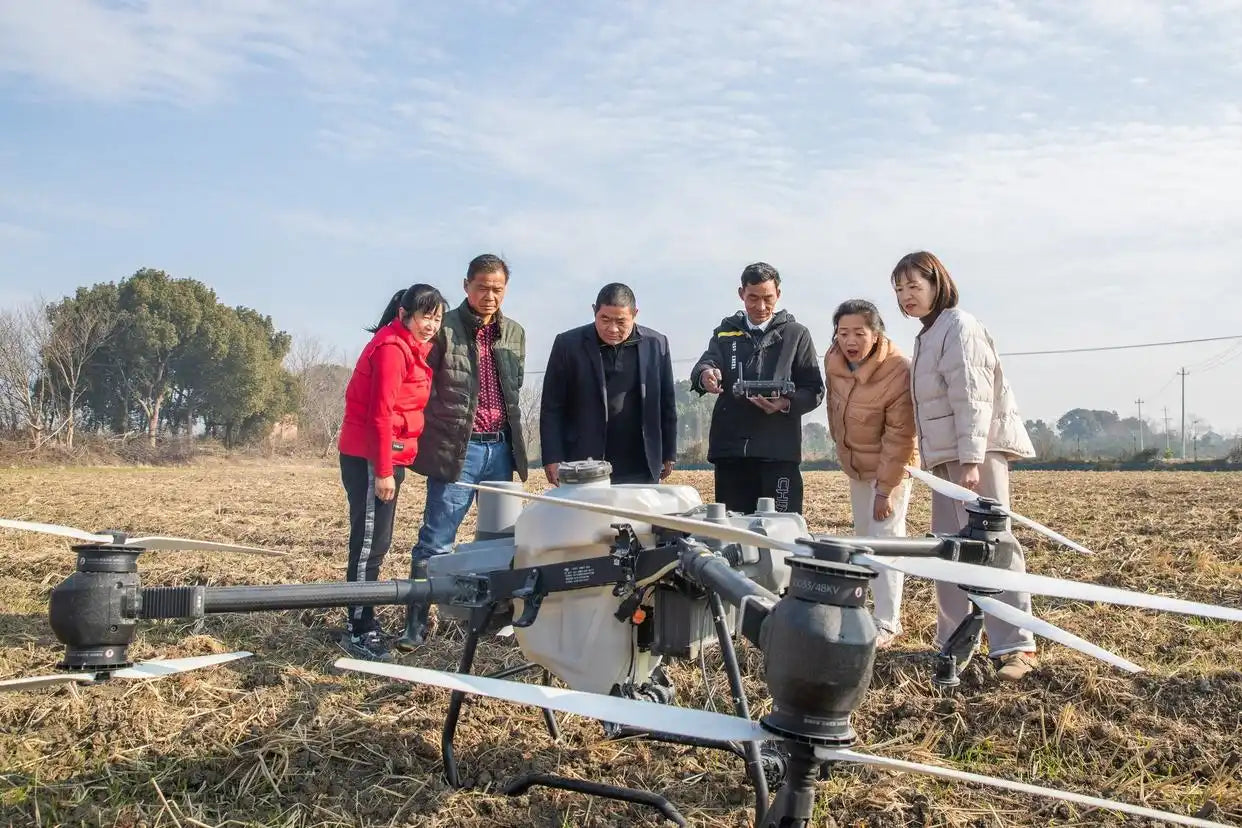
Explore Smart Agriculture Tech With Us
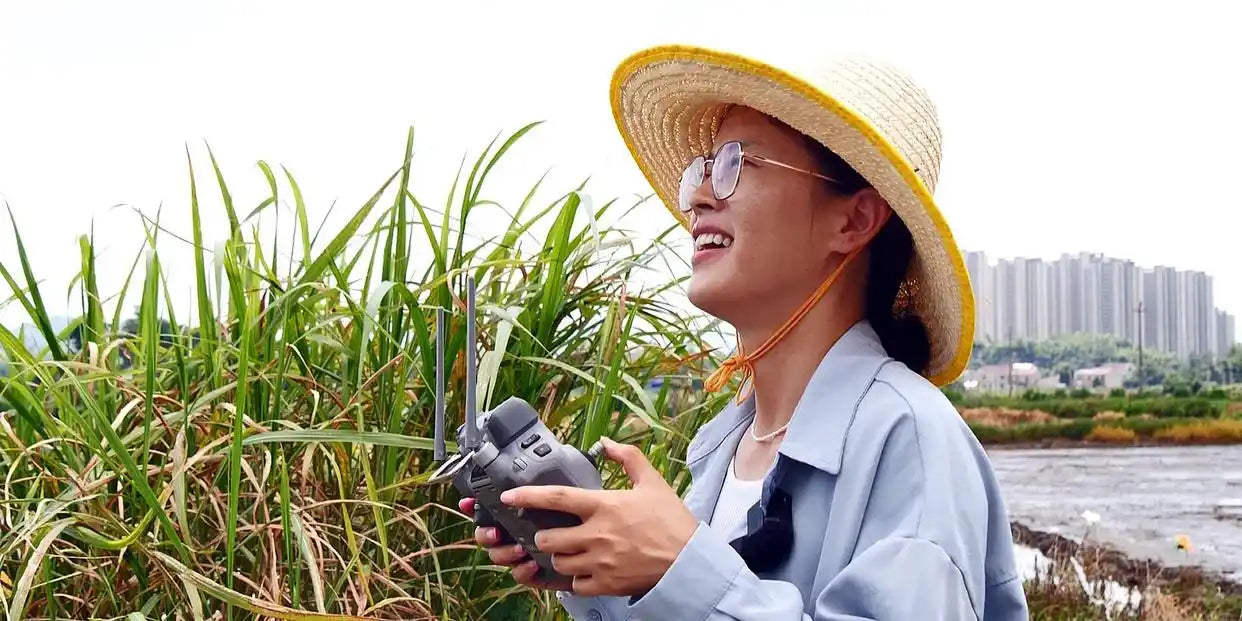
Discover New Business Opportunities
Product FAQs
Agriculture/Spraying Drones
What types of crops can Ag drones spray?
Ag drones can be used for a wide range of crops, including wheat, corn, soybeans, vineyards, orchards, and specialty crops. Plus, lots of folks are using these same drones to spray noxious weeds on rangeland, hillsides or roadways. Drones are being used to spray waterways for mosquito larvae and invasive vegetation. But the list goes on! Drones are also used to clean solar panels (or spray for weeds around them), and even applying shading to greenhouses!
What the main benefit of Ag drones?
These spray drones solve many problems we’re plagued with right now including labor, environmental concerns, and combatting rising pesticide costs
What do I need to Fly a Ag Drone?
You bet. There are two certification categories: FAA & State. The FAA is responsible for safe airspace, and your state is responsible for proper pesticide handling / applying. For the FAA, you’ll need two things: your Part 107 (think of this as your drone pilot’s license. Study and take a test), and a Part 137 (this is about being able to safely carry and apply pesticides from the air. This is the long part and is a bunch of complicated paperwork). For your state, this is usually a Pesticide Applicator’s License, or something similar - this usually consists of a study guide and taking a test.
How long does Ag drones can operate during the operation?
Recharge times vary by brand, battery and charging setup (including what the charger is plugged into, i.e., wall outlet or generator). The vast majority of operators are recharging their batteries in about 9-12 minutes. The ideal quantity of batteries and chargers varies a bit by the size of the model, but we generally have recommendations on the drone’s product page. Got more questions? Our spray drone experts are standing by to help you sort it out
What do I need to begin?
Do you need a license to fly an agricultural drone?
To legally operate a drone for agricultural purposes,farmers must obtain a Remote Pilot Certificate from the FAA. Applicants are required to pass the FAA's Aeronautical Knowledge Test, which covers crucial topics such as airspace classification, weather effects on drones, and emergency procedures.
What type of drone is best for agriculture?
Whether you're managing thousands of acres or monitoring a herd, the right drone can change how you work. Start with theDJI Agras T50for high-volume spraying and seeding across uneven terrain. Need detailed plant health data? The DJI Mavic 3 Multispectral delivers accurate NDVI insights in real time.
How high can you fly a drone without an FAA license?
How high can you fly a drone without an FAA license?

